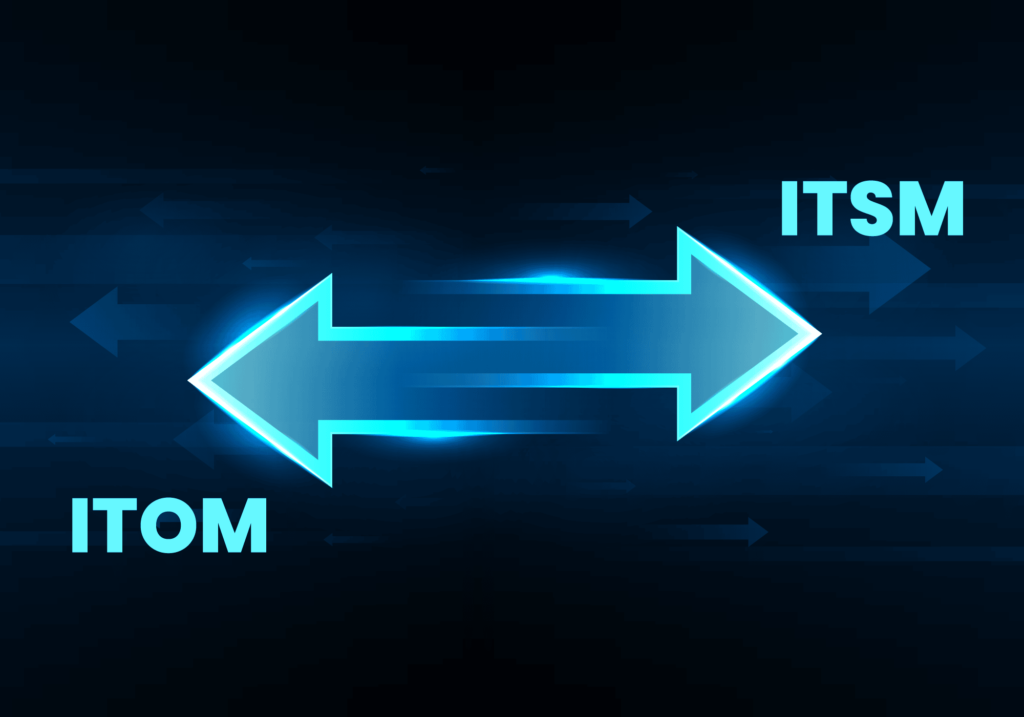Integrating ERP, CRM, and marketing workflows may seem too good to be true, but it’s possible and easy. The answer is ERP integration.
Imagine the control you can have with all these tools & flows working together, with each tool powering one facet of your company. When that happens, you will not just have less work to do every day, but more importantly, you will also have fewer decisions to make every day. Here’s all about ERP Integrations.
Companies must provide excellent customer experiences across the customer lifecycle in the current economic climate. If the industry’s explosive growth is any indication, the integration of essential business operations is now a requirement, and that’s where ERP integration comes into the picture.

ERP is incredibly important, and that cannot be emphasised enough. Businesses that operate in fiercely competitive environments are increasingly looking for ERP platforms to aid with scaling, smooth communication, and productivity bolstering. ERP systems, which were formerly utilised as back-office systems to manage accounting and financial information, now need to link with systems aimed at customers, including CRM, e-commerce, customer support, and many more, to enable a smooth customer journey. Everything you need to know about ERP integration will be covered in this article.
What is ERP Integration?
An organisation’s core operational functions are managed and integrated using an ERP system. It is a single system that aids businesses in effortlessly integrating critical operations including planning, marketing, human resources, sales, inventory purchasing, and finance. ERP systems can be accessed remotely because they are web-based, which is very useful for companies with locations across multiple areas as it allows them to drastically reduce their operational costs.
Simply defined, ERP integration links and synchronises ERP software with other programs and data sources. Whether the data comes from the ERP or other systems, ERP software integration gives you a unified picture of data from several systems in real-time. Integration with ERP is significant since it improves workflow efficiency and team collaboration while also increasing company operations.
Benefits of ERP Integration
Integration of the ERP system enables businesses to maximise their data and provide excellent client experiences. Following are the specific advantages businesses experience.
1.Increase efficiency
Because sales-related papers are dispersed among many archives, processing orders may take longer. Manufacturers can eliminate bottlenecks in the order-to-cash workflow and shorten processing times for order fulfilment, shipping, and billing by automating the operations that gather documents from various systems. Order-to-cash bottlenecks are reduced and order turnaround time is improved when all customer and product information is accessible in a single digital process.
2.Fewer mistakes & duplications
Data entry can be time-consuming, and there is a high probability that there will be errors and duplicate entries. Reduced manual entry will lead to fewer mistakes being made while entering orders, items, customer information, and other data. Because your online purchase solution and your ERP system handle information differently, integration provides the same standards for each system to ensure that they are communicating in sync.
3.Increased mobility
Your sales representatives must always have the most recent information available to them when they are on the road. Your sales representatives have immediate access to all customer orders, and inventories, along with your goods and prices, thanks to your ERP’s integration with your online ordering system. Your sales representative will benefit from an effective and fluid approach that will enable them to continue selling without worrying about whether they have the most recent catalogue or pricing.
4.Customise customer experiences
With the aid of ERP connectors, your business can gain insightful knowledge of the needs and potential wants of its clients. If you have access to all of the data that is already kept in the back office, you can create specifically customised offerings for your clients. However, the right technology must be utilised to link this data with other online, offline, and third-party sources in order to create a single, dynamic consumer profile. You can use this one view of the consumer and AI to suggest the offers and messaging that is most appropriate for all of your digital commerce activities.
Types of ERP Integration

The ERP integration types are classified based on the type of ERP system. They are:
1.On-Premise ERPs
A typical on-premise ERP is installed directly within a business’s environment as opposed to being hosted in the cloud by a third party. The question of whether a company should move all of its business activities onto the cloud or just a portion of them has received a lot of attention. For some businesses, the level of protection and control you receive in your own environment is too valuable to risk.
On-Premise ERP Benefits
- ERPs that are installed on-site give businesses the flexibility to modify and adapt the software to suit their particular requirements.
- An on-premise ERP safeguards data to a level that you would not be able to achieve in some cloud situations, similar to control.
- On-premise ERPs enable businesses in specialised or highly regulated industries a far higher level of control over the upkeep and management of their data.
Operational ERP Strategy
When dealing with different workflow processes like order management, supply chain, and manufacturing, organisations need an operational ERP strategy. Integration between administrative and operational ERPs aids organisations in streamlining processing and enabling visibility within each ERP for businesses that must pair activities with the upkeep of assets in their ERP.
2.Cloud ERP Integration
Instead of being housed inside a company’s data centre or behind its firewall, a cloud ERP is hosted on a third-party cloud computing platform. Similar to an on-premise ERP, the advantages and drawbacks of choosing this approach will change depending on the requirements of your business.
Cloud ERP Benefits
- The amount of money an organisation may save is what makes cloud ERP the most tempting option. Enterprises just pay for what they use, with a little upfront expenditure and no further hardware investments, and costs are predictable over time.
- As a result of the vendor’s ongoing software updates and problem-solving efforts, a cloud ERP provided by a third party will be more stable.
- The growth of cloud computing has also made mobile accessibility possible, enabling businesses to use their applications on most devices and from any location.
Integrate Everything with the Power of Hyperautomation
Using our simple drag-and-drop interface, you can use Autom Mate to create automated flows with the apps and patterns you need. To start imagining the future of your job, view the impact of Autom Mate, speak with one of our experts, or conduct a live demo. With the use of hyperautomation, Autom Mate has taken automation to a new level while offering its users a platform for automation and integration that is always expanding and changing. It offers Digitisation Framework, Robotic Process Automation, Enterprise Integration Platform (eiPaaS), and AutoML solutions to help businesses reach their goals despite industry-specific limitations.





